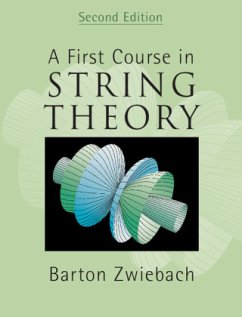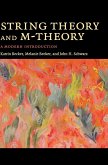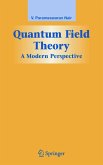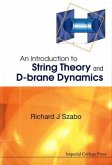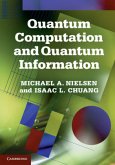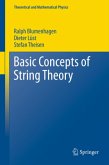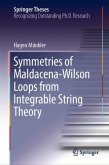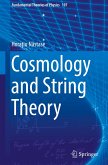String theory made understandable. Barton Zwiebach is once again faithful to his goal of making string theory accessible to undergraduates. He presents the main concepts of string theory in a concrete and physical way to develop intuition before formalism, often through simplified and illustrative examples. Complete and thorough in its coverage, this new edition now includes AdS/CFT correspondence and introduces superstrings. It is perfectly suited to introductory courses in string theory for students with a background in mathematics and physics. New sections cover strings on orbifolds, cosmic strings, moduli stabilization, and the string theory landscape. Now with almost 300 problems and exercises, with password-protected solutions for instructors at www.cambridge.org/zwiebach.
'A refreshingly different approach to string theory that requires remarkably little previous knowledge of quantum theory or relativity. This highlights fundamental features of the theory that make it so radically different from theories based on point-like particles. This book makes the subject amenable to undergraduates but it will also appeal greatly to beginning researchers who may be overwhelmed by the standard textbooks.' Michael Green, University of Cambridge

